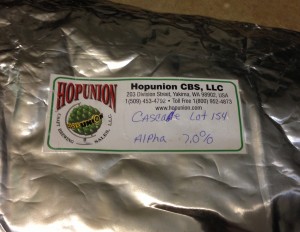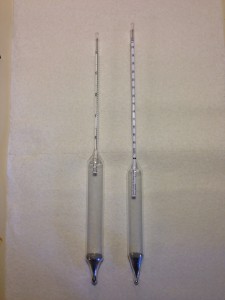The Scottish brewery BrewDog has released a .pdf file containing all of its recipes in 5.0-gallon (19-L) homebrew recipe form. (Scroll down the page to the link in the middle to download the file.)
Many breweries have been helpful to homebrewers over the years, giving out their recipes to brewing magazines, homebrew clubs, and individual brewers. But, I can only think of a couple breweries that self-published their beer recipes as homebrew recipes. Jester King published some of theirs awhile ago and . . . help me out. If you know of a commercial brewery website with homebrew recipes posted on it, drop me a line at chris at beerandwinejournal dot com and send me the link. I’ll compile them and post the list. (Don’t bother with clone recipes posted on other sites for now, just homebrew recipes posted on the brewery’s own website.)
[Update: Stone published its recipe for Stone Pale Ale, when it discontinued that brand. They’ve also published a book with many of their recipes and even gave this website a clone recipe (see below).]







Recent Comments